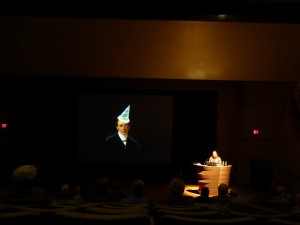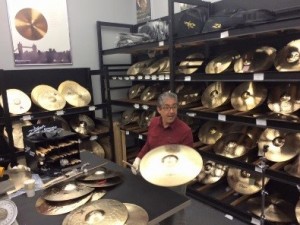Working in a museum of musical instruments we are constantly aware that, for many people, it is the sound of the objects that is important above all else. Needless to say, not all of our instruments are in playing condition – for various reasons – and those that are played often need to have constraints to ensure they are not subjected to any unreasonable risks. But it is a strong belief that everyone who visits the collection should be able to get some experience of the sound of the instruments if they wish.
As the team address our interpretation for when St Cecilia’s Hall reopens, we have been keeping sound at the forefront and have been working on a project to record a number of the instruments. This is not the easiest of undertakings, given that the care and safety of the objects is always our foremost priority.
As the instruments are currently housed for examination and conservation, it is the ideal time to do such a project. Teaming up with fine musicians, many who regularly play in one of Scotland’s top orchestras, and using the recording facilities at the Music Box, Edinburgh College, we are in the middle of a project which will see us record guitars, violins, cello, high brass, horns, a shawm, trombones and low brass.
Selecting the instruments to record involves examining them to ensure there is minimal risk from playing, and that the instrument is in good musical condition. Another factor which is important is to try and record instruments with which the museum visitor might be unfamiliar. If people think “I wonder what that instrument sounds like”, we hope to try and provide the sound to answer that.
We have been working alongside the Digital Imaging Unit from Library and Collections, who have been recording the project itself, taking still photographs of the musicians with the instruments, and collecting material for a time-lapse film of the event.
Occasionally the team have filmed one of the instruments as it is being recorded as shown above. This example is Sarah Bevan-Baker playing on one of our sixteenth-century Bassano violins. This remarkable instrument is from the time before the violin was standardized in shape, and even more unusually, the instrument has no sides, so that the front and back join together like a closed clam shell.




